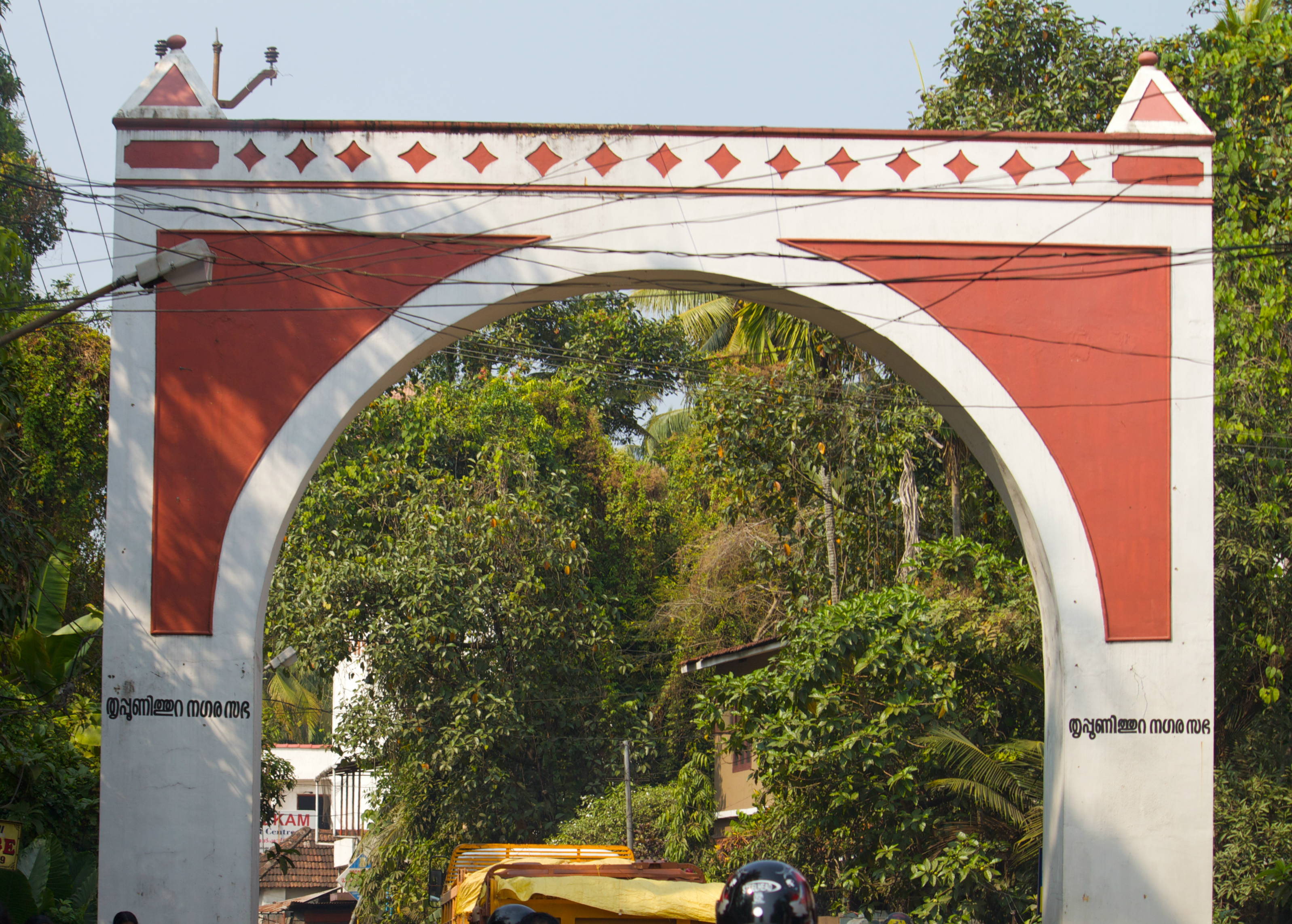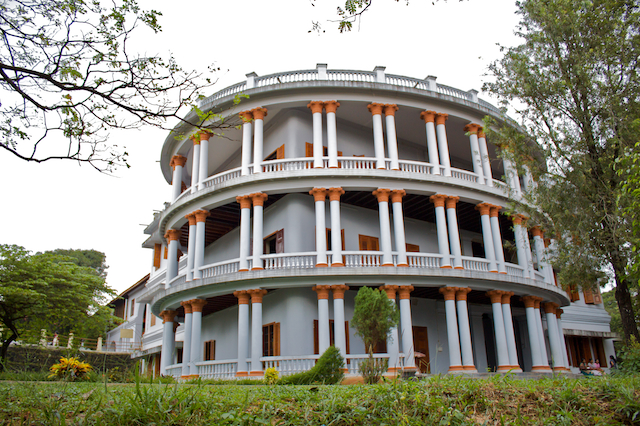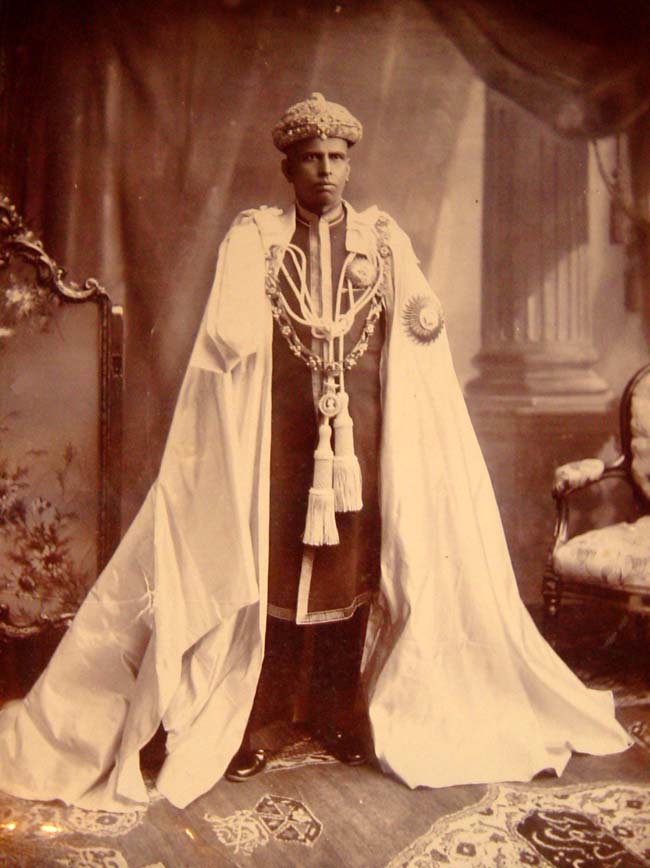|
Thrippunithura, Kochi
Thrippunithura or Tripunithura (), is a prominent historical and residential region in the City of Kochi in Kerala, India. Located about 7 km (4 mi) from the city centre, Tripunithura was the capital of the erstwhile Kingdom of Cochin. The descendants of the Cochin royal family still live in the palaces here. The Hill Palace situated in Tripunithura was the palace of Maharaja of Cochin, the ruler of Kingdom of Cochin. Tripunithura is also well known for its historical cultures and worldwide famous because of Sree Poornathrayeesa Temple and the annual festival ''Vrishchikoltsawam'' that takes place at the temple. In local administration, it is a municipality named Tripunithura Municipality. In the state administrative structure, Tripunithura is part of the Ernakulam District in the state of Kerala. Etymology Some latter day Sanskrit enthusiasts describe the origin of the name to "pūrṇa vēda puri" — the town of Vedas in its entirety. Another possible origi ... [...More Info...] [...Related Items...] OR: [Wikipedia] [Google] [Baidu] |
Hill Palace, Tripunithura
Hill Palace is an archaeological museum and palace located in the Tripunithura neighbourhood of Kochi city in the Indian state of Kerala. It is the largest archeological museum in the state and was the imperial administrative office and official residence of the Cochin Maharaja. Built in 1865, the palace complex consists of 49 buildings in the traditional architectural style, spreading across . The complex has an archaeological museum, a heritage museum, a deer park, a pre-historic park and a children's park. The campus of the museum is home to several rare species of medicinal plants. Presently the palace has been converted into a museum by The Kerala State Archaeology Department and is open to public. The palace is about from the city centre and is reachable by road and rail. The Centre for Heritage Studies (CHS), an autonomous research and training institute set up by the Department of Cultural Affairs, Government of Kerala also functions at the site. CHS is designated a ... [...More Info...] [...Related Items...] OR: [Wikipedia] [Google] [Baidu] |
Ernakulam District
Ernakulam, ; ISO: ''Eṟaṇākuḷaṁ'', in Malayalam: എറണാകുളം), is one of the 14 districts in the Indian state of Kerala, that takes its name from the eponymous city division in Kochi. It is situated in the central part of the state, spans an area of about , and is home to over 9% of Kerala's population. Its headquarters are located at Kakkanad. The district includes Kochi, also known as the commercial capital of Kerala, which is famous for its ancient Churches, Hindu temples, synagogues and mosques. The district includes the largest metropolitan region of the state: Greater Cochin. Ernakulam is the district that yields the most revenue and the largest number of industries in the state. Ernakulam is the third most populous district in Kerala, after Malappuram and Thiruvananthapuram (out of 14 districts). The district also hosts the highest number of international and domestic tourists in Kerala state. The most commonly spoken language in Ernakulam is Mal ... [...More Info...] [...Related Items...] OR: [Wikipedia] [Google] [Baidu] |
Percussion
A percussion instrument is a musical instrument that is sounded by being struck or scraped by a beater including attached or enclosed beaters or rattles struck, scraped or rubbed by hand or struck against another similar instrument. Excluding zoomusicological instruments and the human voice, the percussion family is believed to include the oldest musical instruments.''The Oxford Companion to Music'', 10th edition, p.775, In spite of being a very common term to designate instruments, and to relate them to their players, the percussionists, percussion is not a systematic classificatory category of instruments, as described by the scientific field of organology. It is shown below that percussion instruments may belong to the organological classes of ideophone, membranophone, aerophone and cordophone. The percussion section of an orchestra most commonly contains instruments such as the timpani, snare drum, bass drum, tambourine, belonging to the membranophones, and cy ... [...More Info...] [...Related Items...] OR: [Wikipedia] [Google] [Baidu] |
Mohiniyattam
Mohiniyattam, ( ml, മോഹിനിയാട്ടം), is an Indian classical dance form that developed and remained popular in the state of Kerala. Kathakali is another classical dance form of Kerala. Mohiniyattam dance gets its name from the word Mohini – a historical enchantress avatar of the Hindu God Vishnu, who helps the good prevail over evil by developing her feminine powers. Mohiniyattam's roots, like all classical Indian dances, are in the ''Natya Shastra'' – the ancient Hindu Sanskrit text on performance arts. However, it follows the Lasya style described in ''Natya Shastra'', that is a dance which is delicate, eros-filled and feminine. It is traditionally a solo dance performed by women after extensive training, though nowadays men can also perform the dance. The repertoire of Mohiniyattam includes music in the Carnatic style, singing and acting a play through the dance, where the recitation may be either by a separate vocalist or the dancer themselves. T ... [...More Info...] [...Related Items...] OR: [Wikipedia] [Google] [Baidu] |
Kathakali
Kathakali ( ml, കഥകളി) is a major form of classical Indian dance. It is a "story play" genre of art, but one distinguished by the elaborately colourful make-up and costumes of the traditional male actor-dancers. It is native to the Malayalam-speaking southwestern region of Kerala and is almost entirely practiced and appreciated by Malayali people. Kathakali's roots are unclear. The fully developed style of Kathakali originated around the 17th century, but its roots are in the temple and folk arts (such as Krishnanattam and religious drama of the kingdom of the Zamorin of Calicut) southwestern Indian peninsula), which are traceable to at least the 1st millennium CE. A Kathakali performance, like all classical dance arts of India, synthesizes music, vocal performers, choreography and hand and facial gestures together to express ideas. However, Kathakali differs in that it also incorporates movements from ancient Indian martial arts and athletic traditions of South Ind ... [...More Info...] [...Related Items...] OR: [Wikipedia] [Google] [Baidu] |
Carnatic Music
Carnatic music, known as or in the Dravidian languages, South Indian languages, is a system of music commonly associated with South India, including the modern Indian states of Karnataka, Andhra Pradesh, Telangana, Kerala and Tamil Nadu, and Sri Lanka. It is one of two main subgenres of Indian classical music that evolved from ancient Hindu Texts and traditions, particularly the Samaveda. The other subgenre being Hindustani music, which emerged as a distinct form because of Persian or Islamic influences from Northern India. The main emphasis in Carnatic music is on vocal music; most compositions are written to be sung, and even when played on instruments, they are meant to be performed in ''gāyaki'' (singing) style. Although there are stylistic differences, the basic elements of (the relative musical pitch), (the musical sound of a single note), (the mode or melodic formulæ), and (the rhythmic cycles) form the foundation of improvisation and composition in both Carnati ... [...More Info...] [...Related Items...] OR: [Wikipedia] [Google] [Baidu] |
Quiver
A quiver is a container for holding arrows, bolts, ammo, projectiles, darts, or javelins. It can be carried on an archer's body, the bow, or the ground, depending on the type of shooting and the archer's personal preference. Quivers were traditionally made of leather, wood, furs, and other natural materials, but are now often made of metal or plastic. Etymology The English word quiver has its origins in Old French, written as quivre, cuevre or coivre. Types Belt quiver The most common style of quiver is a flat or cylindrical container suspended from the belt. They are found across many cultures from North America to China. Many variations of this type exist, such as being canted forwards or backwards, and being carried on the dominant hand side, off-hand side, or the small of the back. Some variants enclose almost the entire arrow, while minimalist "pocket quivers" consist of little more than a small stiff pouch that only covers the first few inches. The Bayeux Tapestry ... [...More Info...] [...Related Items...] OR: [Wikipedia] [Google] [Baidu] |
Vedas
upright=1.2, The Vedas are ancient Sanskrit texts of Hinduism. Above: A page from the '' Atharvaveda''. The Vedas (, , ) are a large body of religious texts originating in ancient India. Composed in Vedic Sanskrit, the texts constitute the oldest layer of Sanskrit literature and the oldest scriptures of Hinduism. There are four Vedas: the Rigveda, the Yajurveda, the Samaveda and the Atharvaveda. Each Veda has four subdivisions – the Samhitas (mantras and benedictions), the Aranyakas (text on rituals, ceremonies, sacrifices and symbolic-sacrifices), the Brahmanas (commentaries on rituals, ceremonies and sacrifices), and the Upanishads (texts discussing meditation, philosophy and spiritual knowledge).Gavin Flood (1996), ''An Introduction to Hinduism'', Cambridge University Press, , pp. 35–39A Bhattacharya (2006), ''Hindu Dharma: Introduction to Scriptures and Theology'', , pp. 8–14; George M. Williams (2003), Handbook of Hindu Mythology, Oxford University Press, , p ... [...More Info...] [...Related Items...] OR: [Wikipedia] [Google] [Baidu] |
Sanskrit
Sanskrit (; attributively , ; nominally , , ) is a classical language belonging to the Indo-Aryan branch of the Indo-European languages. It arose in South Asia after its predecessor languages had diffused there from the northwest in the late Bronze Age. Sanskrit is the sacred language of Hinduism, the language of classical Hindu philosophy, and of historical texts of Buddhism and Jainism. It was a link language in ancient and medieval South Asia, and upon transmission of Hindu and Buddhist culture to Southeast Asia, East Asia and Central Asia in the early medieval era, it became a language of religion and high culture, and of the political elites in some of these regions. As a result, Sanskrit had a lasting impact on the languages of South Asia, Southeast Asia and East Asia, especially in their formal and learned vocabularies. Sanskrit generally connotes several Old Indo-Aryan language varieties. The most archaic of these is the Vedic Sanskrit found in the Rig Veda, a colle ... [...More Info...] [...Related Items...] OR: [Wikipedia] [Google] [Baidu] |








